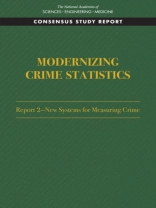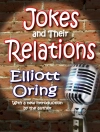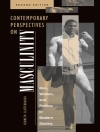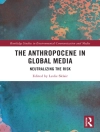To derive statistics about crime to estimate its levels and trends, assess its costs to and impacts on society, and inform law enforcement approaches to prevent it – a conceptual framework for defining and thinking about crime is virtually a prerequisite. Developing and maintaining such a framework is no easy task, because the mechanics of crime are ever evolving and shifting: tied to shifts and development in technology, society, and legislation.Interest in understanding crime surged in the 1920s, which proved to be a pivotal decade for the collection of nationwide crime statistics. Now established as a permanent agency, the Census Bureau commissioned the drafting of a manual for preparing crime statisticsintended for use by the police, corrections departments, and courts alike. The new manual sought to solve a perennial problem by suggesting a standard taxonomy of crime. Shortly after the Census Bureau issued its manual, the International Association of Chiefs of Police in convention adopted a resolution to create a Committee on Uniform Crime Records to begin the process of describing what a national system of data on crimes known to the police might look like.Report 1 performed a comprehensive reassessment of what is meant by crime in U.S. crime statistics and recommends a new classification of crime to organize measurement efforts. This second report examines methodological and implementation issues and presents a conceptual blueprint for modernizing crime statistics.
Committee on Law and Justice & Committee on National Statistics
Modernizing Crime Statistics: Report 2 [EPUB ebook]
New Systems for Measuring Crime
Modernizing Crime Statistics: Report 2 [EPUB ebook]
New Systems for Measuring Crime
यह ईबुक खरीदें और 1 और मुफ़्त पाएं!
भाषा अंग्रेज़ी ● स्वरूप EPUB ● पेज 280 ● ISBN 9780309472647 ● संपादक Daniel L. Cork & Janet L. Lauritsen ● प्रकाशक National Academies Press ● प्रकाशित 2018 ● डाउनलोड करने योग्य 3 बार ● मुद्रा EUR ● आईडी 7145550 ● कॉपी सुरक्षा Adobe DRM
एक DRM सक्षम ईबुक रीडर की आवश्यकता है












